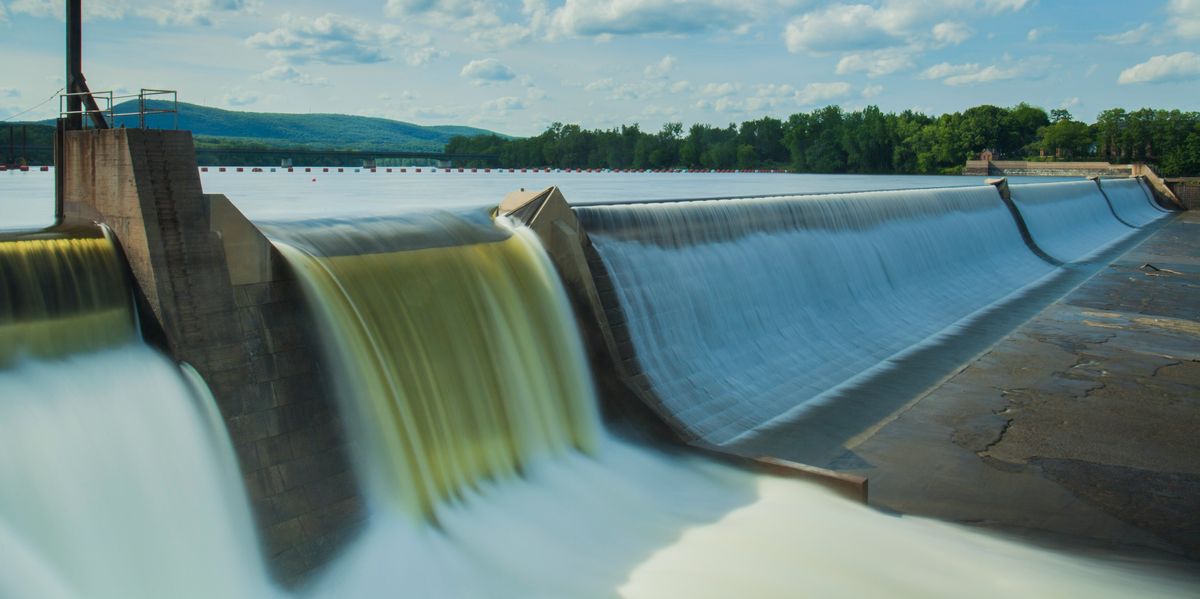
Europe moves to free its rivers by tearing down old dams
European countries are increasingly dismantling outdated dams to restore river ecosystems, highlighting the benefits for local biodiversity and communities.
Lucrezia Lozza reports for the BBC.
In short:
- The dismantling of Finland's Kangaskoski dam and others has led to the return of salmon and other species, marking a significant ecological recovery.
- The decision to remove these dams came after recognizing their unprofitability and environmental impact, with the movement gaining momentum across Europe.
- Efforts in river restoration, including dam removal, have shown immediate benefits for wildlife and have revitalized local communities by improving water quality and tourism.
Key quote:
"When I saw how the site looked after the dam removal, I actually had tears in my eyes."
— Pauliina Louhi, ecologist at Natural Resources Institute Finland
Why this matters:
Restoring river flow improves biodiversity, which in turn benefits communities relying on these natural resources. Removing dams can help to revive fish populations, particularly migratory species like salmon and trout, which rely on unobstructed rivers to complete their life cycles. Dams hinder these vital migrations, leading to declines in fish stocks and the health of aquatic ecosystems.
A 2019 study found that a little more than one-third of the longest rivers on the planet remain unobstructed by human-made changes such as dams.














